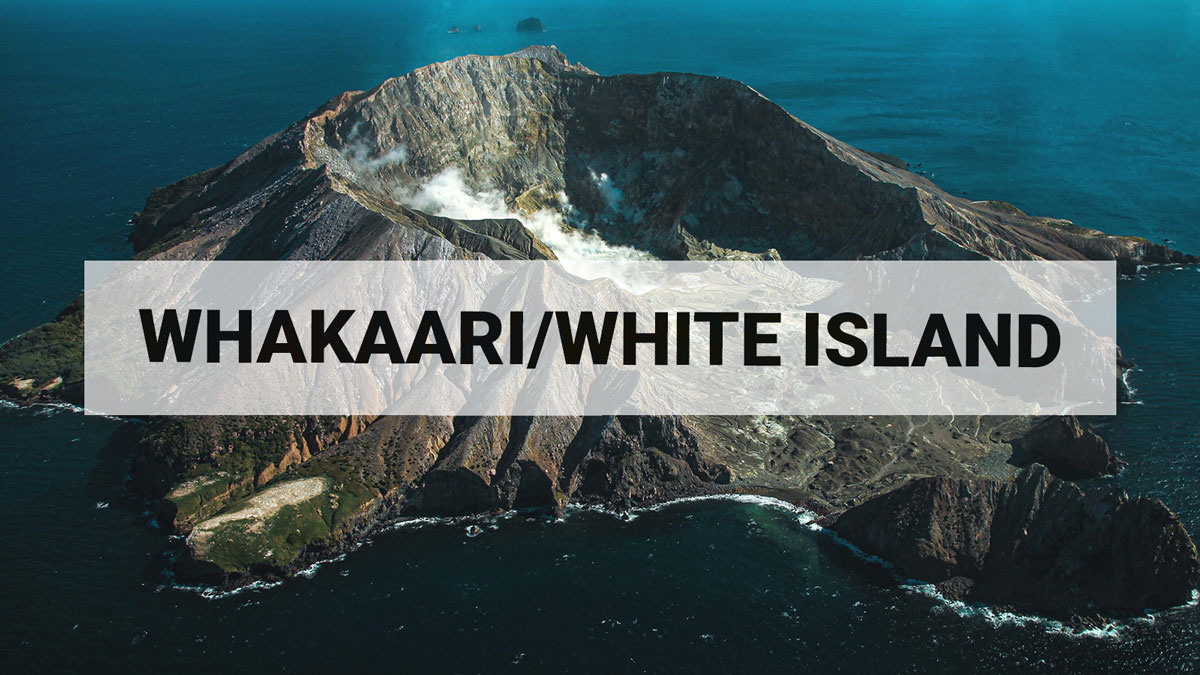
Whakaari/White Island crater lake level drops and is unlikely to overflow
As at April 13, 2019 the crater lake is about 13 metres below overflow, which is 2 metres lower than the peak level reached earlier this year in January.
The crater lake at Whakaari/White Island started to steadily fill and grow in early 2018. We indicated in November 2018 that if that continued it may reach overflow around June 2019. This is now unlikely to happen as since late January 2019 the water level of the lake has been falling.
The current crater lake at Whakaari/White Island formed following an eruption in April 2016 that removed the previous lake and excavated the crater floor by about 13 metres. Significant crater lakes have formed on 4 occasions at Whakaari/White Island in the last 16 years but never reached overflow. In February-March of 2006, the lake got to within about 1 metre of overflow, before receding as the lake heated and was evaporated away. An overflowing lake would impact the crater floor and potentially the dynamics of the hydrothermal system.
Monitoring data recorded over the past few months and observations made during recent visits to the island confirm volcanic activity remains at a steady and generally low level. The lake temperature has risen to over 60°C, which is not surprising considering the number of drowned fumaroles which are contributing heat and steam to the lake. The gas-rich vents on the western side of the active crater (the Dome area) remain under water. The temperature of Fumarole Zero (the hottest accessible fumarole) remains steady around 120-130 °C. The regional seismic activity near the island (10-50 km away) has been elevated, however, the volcanic tremor levels remain low. The SO2 gas flux, a key indicator for magma movement, generally remains within the range of the past years, with the exception of occasional higher values.
There is currently no substantial change in the level of volcanic activity at Whakaari/White Island. Crater lakes have formed in the past and can be associated with other variations in geothermal activity at the surface. Our observations are consistent with minor volcanic unrest and the Volcanic Alert Level remains at 1 while the Aviation Colour Code stays at Green.
While Volcano Alert Level 1 is mostly associated with environmental hazards, eruptions can still occur with little or no warning. GNS Science continues to closely monitor Whakaari/White Island and our other active volcanoes.
Yannik Behr
Duty Volcanologist
Media Contact: Brad Scott (07 3748211)